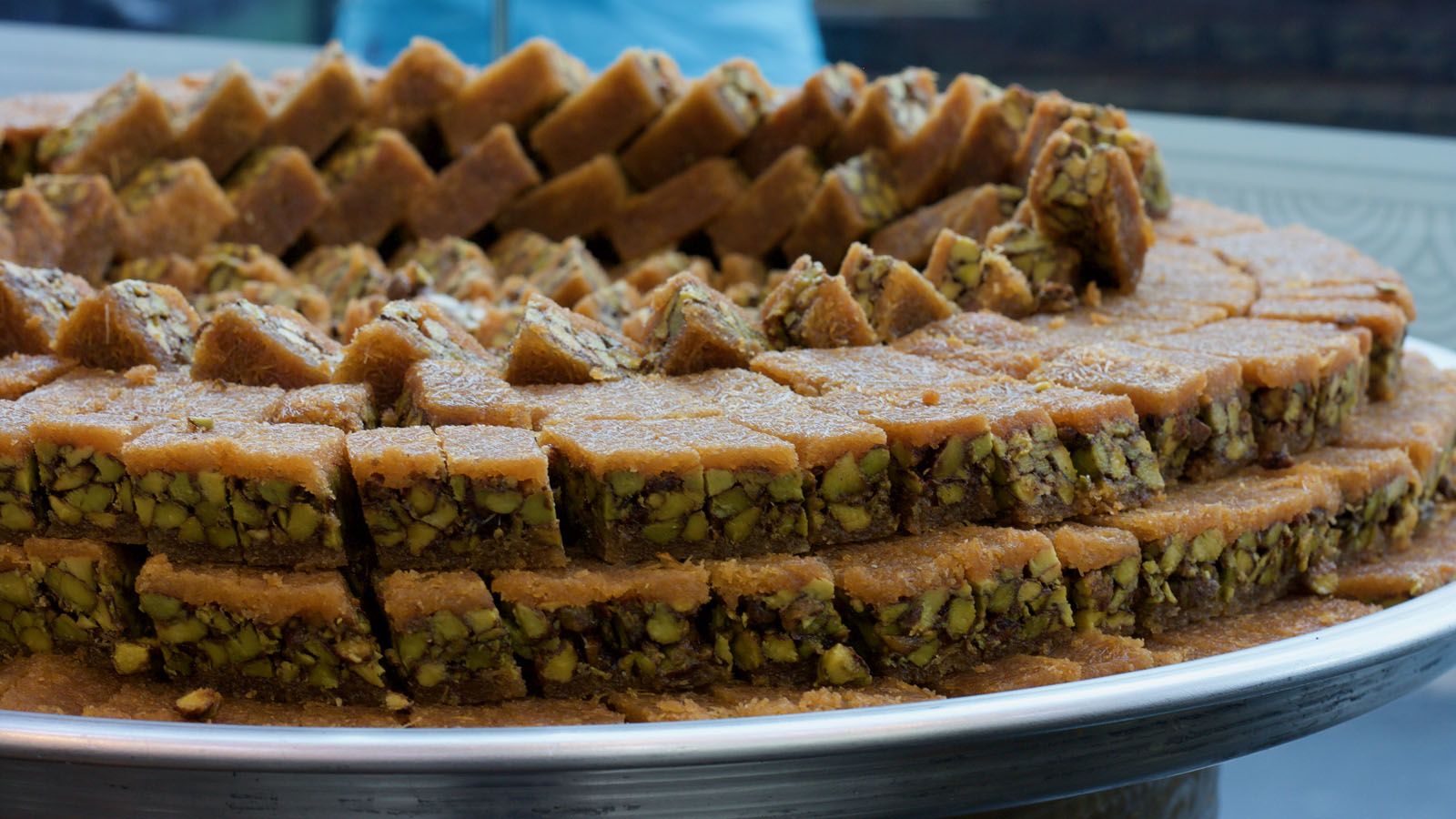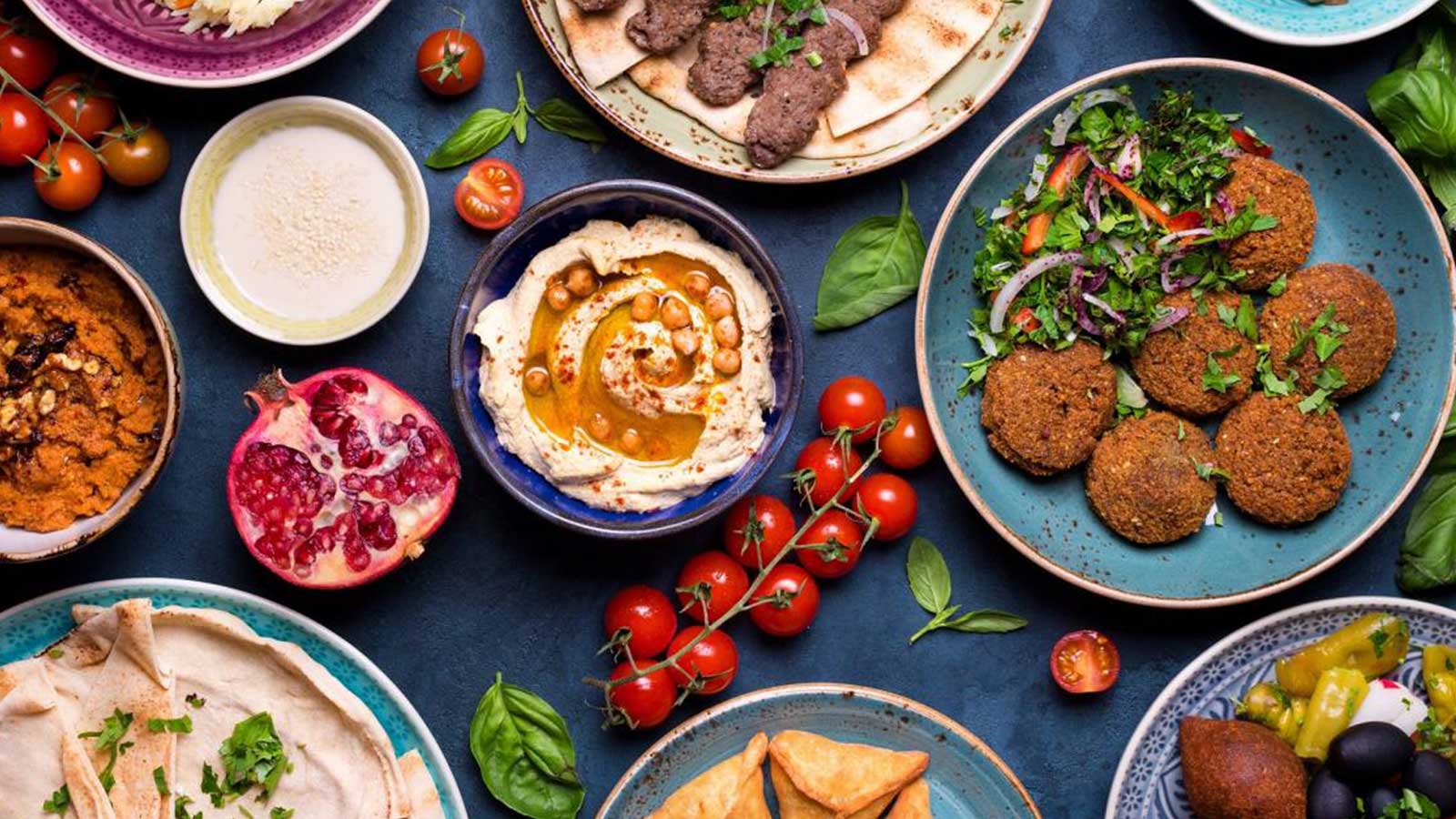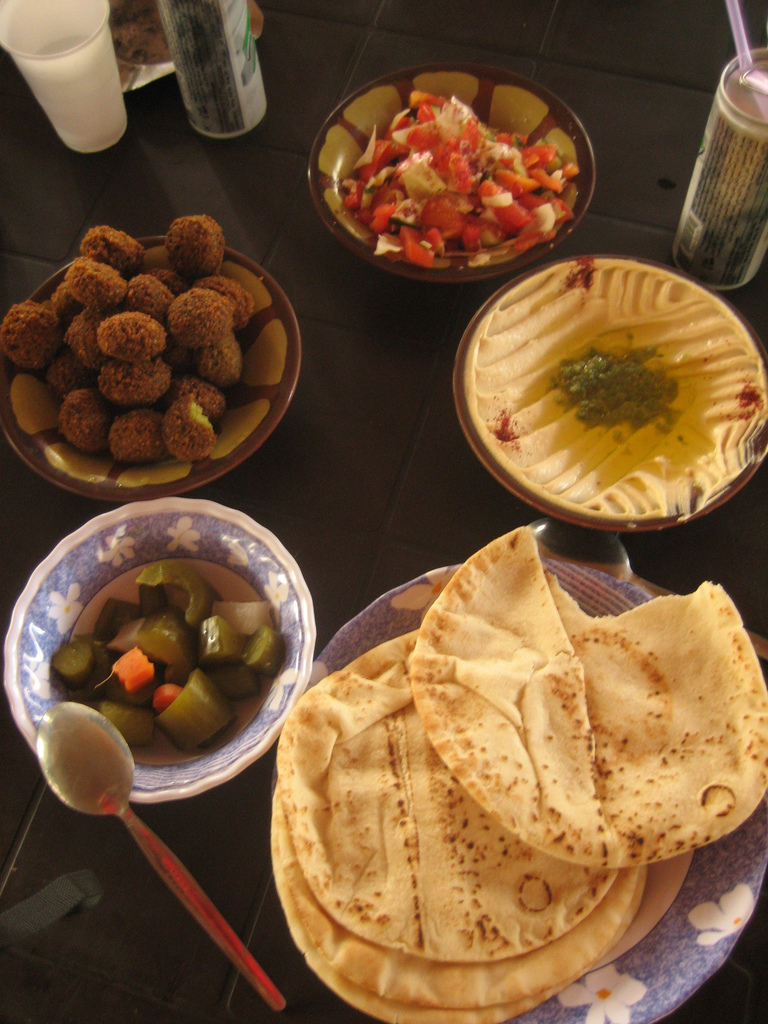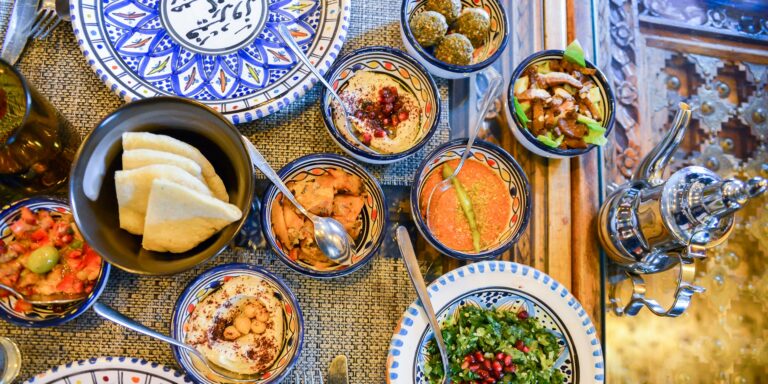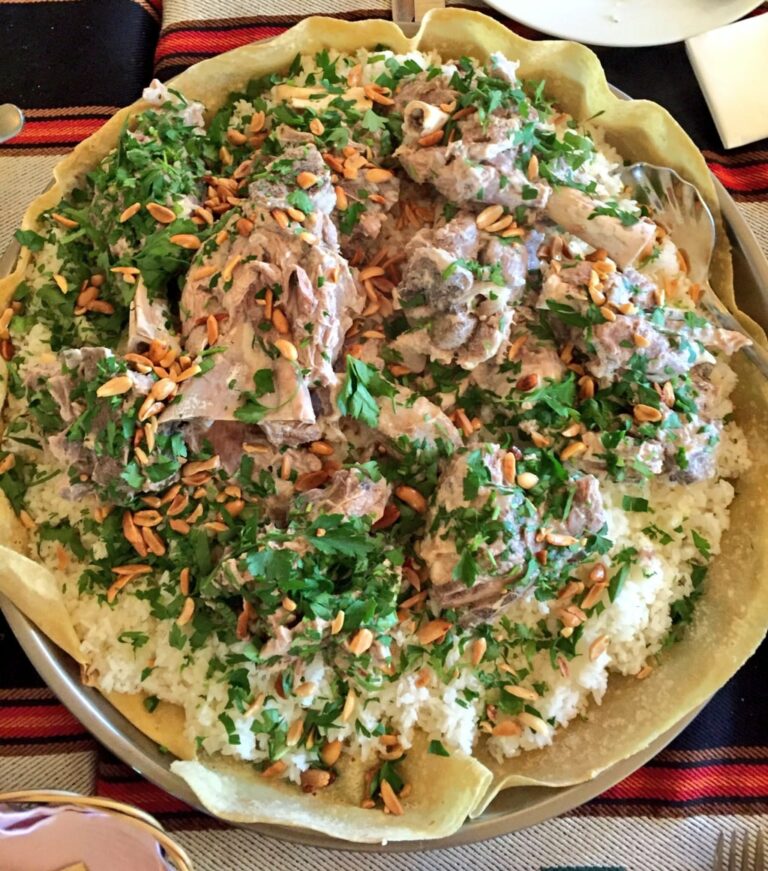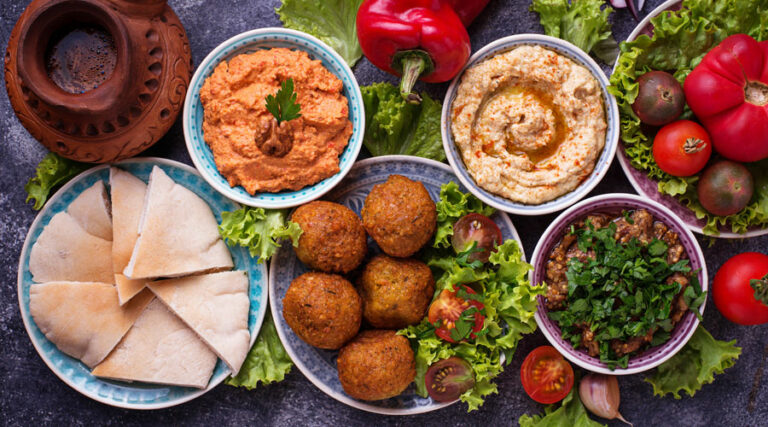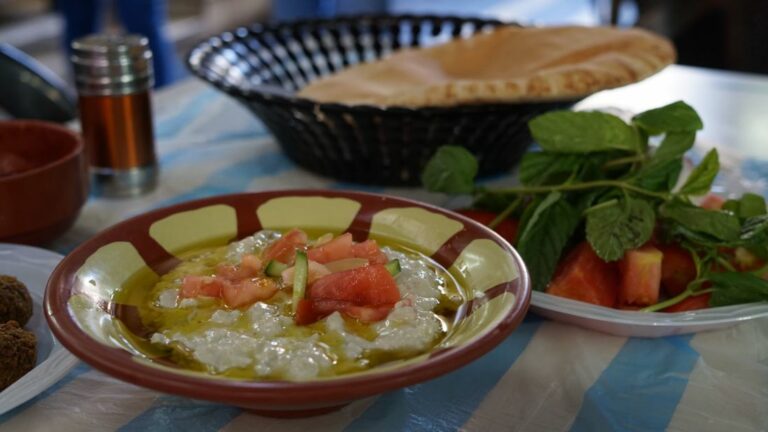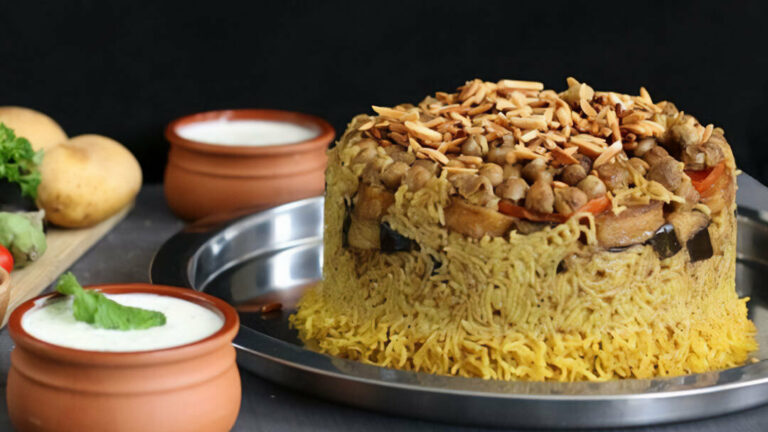Introduction to Jordanian Cuisine
Jordanian cuisine is an amalgamation of different cultures and traditions, with influences from Turkish, Lebanese, Palestinian, and Syrian cuisines. It is known for its bold flavors, unique combinations of spices, and the use of fresh ingredients. The cuisine of Jordan is a reflection of its history, geography, and diverse community.
The Significance of Food in Jordanian Culture
In Jordanian culture, food plays a significant role in social gatherings and family occasions. Meals are often served as a communal affair, with several dishes being prepared and shared among the diners. Hospitality is considered a virtue in Jordan, and guests are welcomed with an abundance of food and drink. Jordanian cuisine is also linked to religious customs, with certain dishes being prepared during festivals and special occasions.
Staple Ingredients in Jordanian Dishes
Some of the staple ingredients in Jordanian cuisine include lamb, chicken, rice, vegetables, herbs, and spices. Za’atar, a mixture of thyme, sumac, sesame seeds, and salt, is a common spice used in several Jordanian dishes. Olive oil is also a crucial ingredient in many Jordanian recipes, and it is used for cooking, dressing salads, and dipping bread. Yoghurt, tahini, and chickpeas are also common ingredients in Jordanian cuisine.
Top 5 Popular Jordanian Dishes to Try
- Mansaf – the national dish of Jordan, made with lamb cooked in yoghurt and served with rice and flatbread.
- Maqluba – a layered dish of rice, meat, and vegetables, cooked in a pot and then flipped over when served.
- Shawarma – a popular street food in Jordan, made with marinated chicken or lamb, wrapped in pita bread, and served with vegetables and tahini sauce.
- Falafel – a vegetarian dish made with chickpeas, spices, and herbs, shaped into balls and fried.
- Knafeh – a sweet dessert made with shredded phyllo dough, cheese, and syrup.
Regional Variations in Jordanian Cuisine
Jordanian cuisine varies from region to region, with local ingredients and cooking techniques influencing the dishes. In the northern parts of Jordan, dishes are heavily influenced by Syrian cuisine, while in the south, the influence of Bedouin culture is prominent. Coastal areas have a more significant seafood influence, with dishes made with fish and shrimp.
Jordanian Desserts and Beverages to Savor
Jordanian desserts and beverages are a perfect way to end a meal or to enjoy during a break. Qatayef, a sweet filled pastry, is a popular dessert during Ramadan. Mahalabia, a milk pudding, flavored with rose water or orange blossom water, is also a favorite. Jordanian tea is a must-try, with its unique combination of fresh mint and sage. Arabic coffee, brewed with cardamom and cinnamon, is another popular beverage in Jordan.
In conclusion, Jordanian cuisine is diverse, flavorful, and influenced by various cultures and traditions. Jordanian dishes are a reflection of the country’s history, geography, and diverse community, making it a must-try for any food lover.

